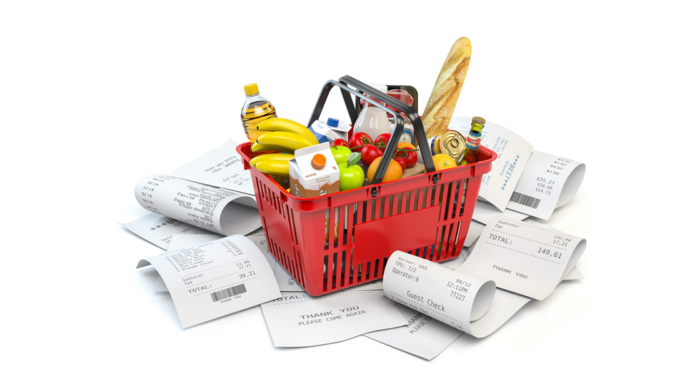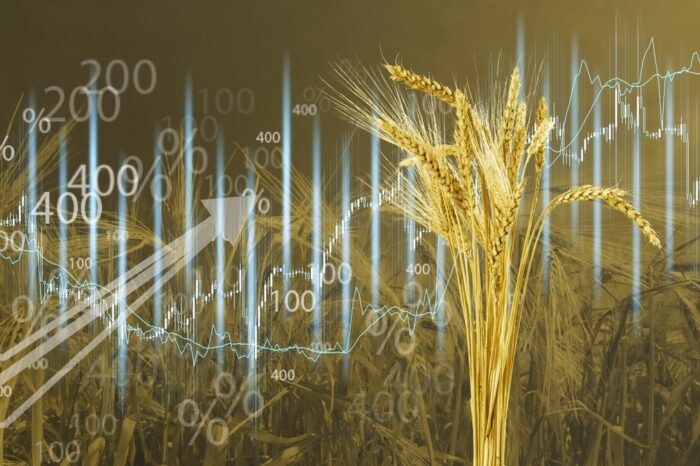This text was originally published in the magazine Lectures pour tous in 1912, and it shows that France was then still obsessed with the need to be self-sufficient in food, several decades after Méline’s first term as Minister of Agriculture (1883-1885, also 1915-1916), he being one of the main proponents of protectionism.
How was France to produce enough wheat to meet its domestic needs (the average annual per capita consumption was 240 kilos in 1911), and at a price consumers could afford, when harvests could vary enormously from year to year? When there was a poor harvest, wheat was scarce, the price of flour rose and French consumers became worried. French farmers watched with dismay when years of shortage followed years of abundance, and had vivid memories of the famines of the 19th century. They knew that the good harvests of the regions with high wheat yields would not be enough then to satisfy demand so that every year some wheat would have to imported, and that meant high bread prices.
The French worried about being dependent on the foreign wheat required to make up for shortages. They were afraid that this dependence on other producing countries would lead to a gradual and continuous rise in the price of wheat on world markets. They then resorted to a protective duty on wheat imports. But when harvests were bad, consumers became so anxious that the duty was suspended, with disastrous consequences in 1898, when the prices of wheat and bread failed to drop and French wheat producers had to sell at a loss.
These ups and downs explain why it was that in 1911, the dream of France being able to produce enough wheat to feed its population without being dependent on anyone else had become an obsession. Although wheat output had virtually doubled between 1831 and 1911, this was never adequate and France had to go on buying wheat from the rest of the world.
Le problème du pain cher
Cet article fait partie de la revue Futuribles n° 271, jan. 2002



